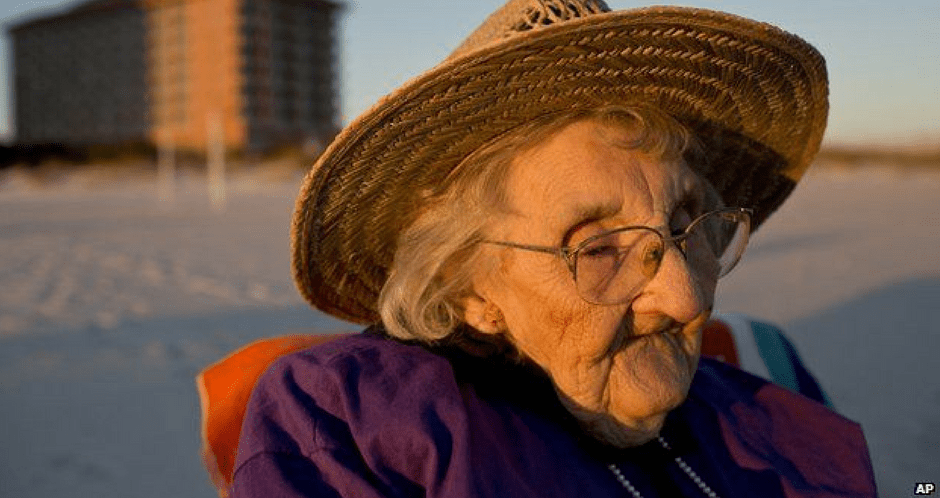
While it has long been recognised that children have different nutritional needs from adults due to the fact that they are growing and developing both mentally and physically, these days there is now also a growing understanding of the fact that older adults likewise have different nutritional needs from their younger counterparts.
Those who care for the elderly have a duty to ensure that they are provided with appropriate food and that they are able to eat it comfortably.
As we get older we may find ourselves with less appetite than in our younger days and/or we may find it becomes physically more difficult to eat, either in general or with regards to certain, specific types of food. The most obvious example of this is when people have false teeth, but people with conditions such as rheumatism and arthritis may also find it difficult to hold cutlery with enough grip to cut food into bite-sized pieces. At the same time, we often become less active and our metabolisms may slow.
This means that while we still require nourishment, our calorie intake needs to be reduced to reflect the change in our lifestyles. We may also need to look at the practicalities of how we eat food, for example switching to softer foods, which need less cutting, biting and chewing and using sporksrather than the standard fork, knife and spoon.
Older people need plenty of calcium for the same reason that children do – to maintain the health of bones and teeth. As we age, our bones naturally become more brittle and our teeth often fall out. Calcium can help to counteract this. While the most obvious source of calcium is dairy products, there are actually plenty of alternative sources for those who can’t or don’t want to eat dairy, for example green, leafy vegetables and some fruit juices both contain calcium as does a lot of canned fish where the bones are left in, e.g. sardines. Even when an individual is happy to eat dairy foods, some caution is still required as these can be very high in fat and hence contribute to obesity in a person who leads a sedentary lifestyle and some dairy foods, such as blue and/or soft cheeses, also have specific health hazards. They may be low-risk to adults in their prime, but high risk to older people.
Vitamin D is needed to regulate the amount of calcium and phosphate in our bodies. Hence vitamin D deficiency can lead to serious problems with bones and teeth, such as rickets or osteomalacia. The main source of vitamin D is sunlight, but as we age, our ability to create vitamin D from sunlight decreases and also, we may spend less time out in the sun. Red meat is a good alternative source of vitamin D, but, of course, can trigger other health issues. Therefore for many older people, the best sources of vitamin D are: oily fish, liver, egg yolks and products fortified with vitamin D. There is also the option of using a specific, vitamin D supplements, although it is recommended to speak to a doctor before going down this route.